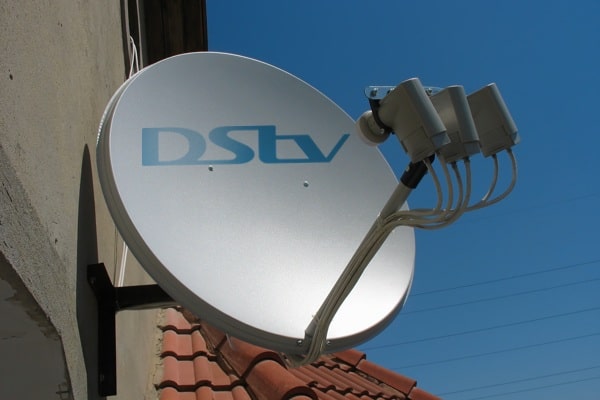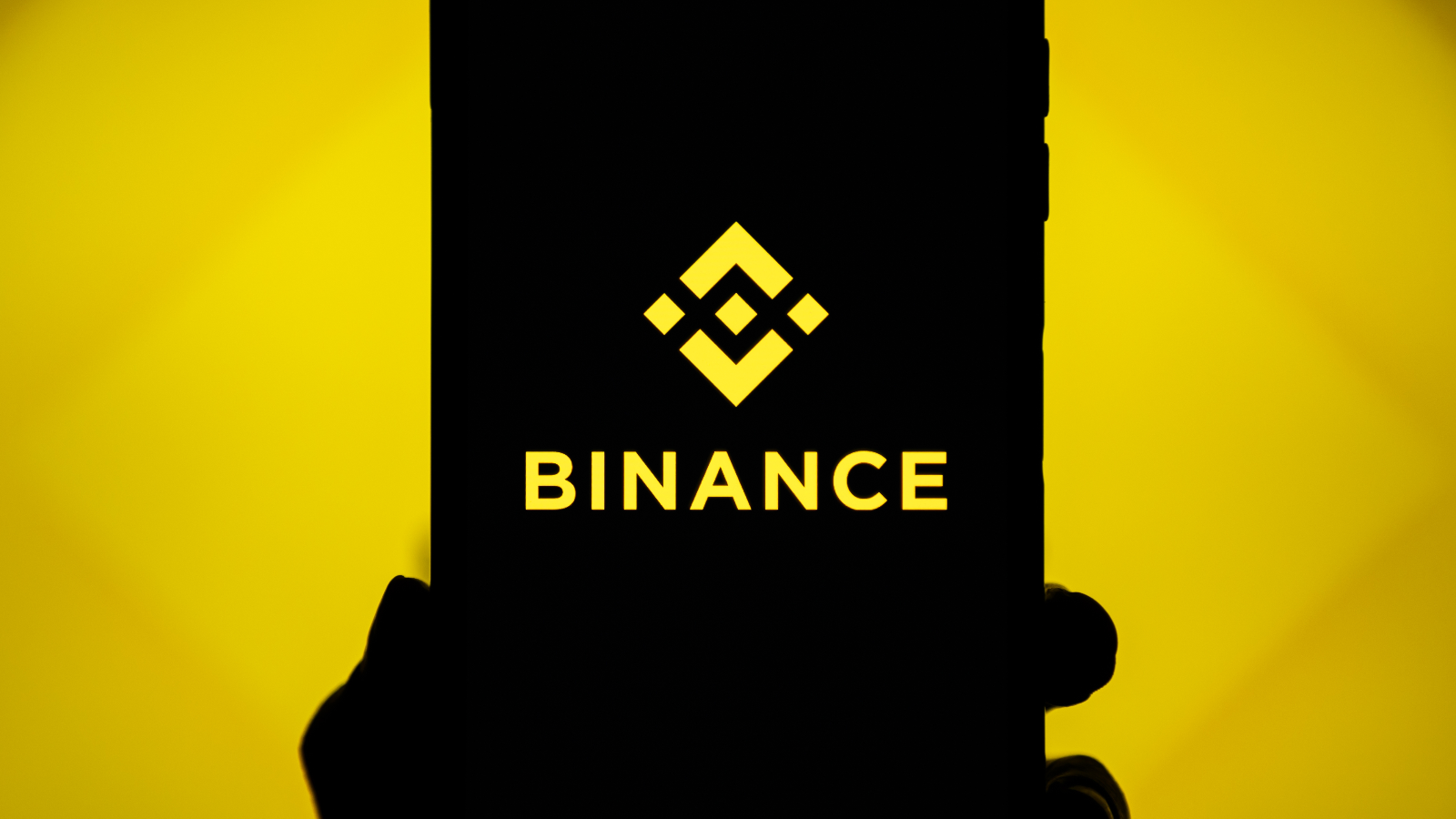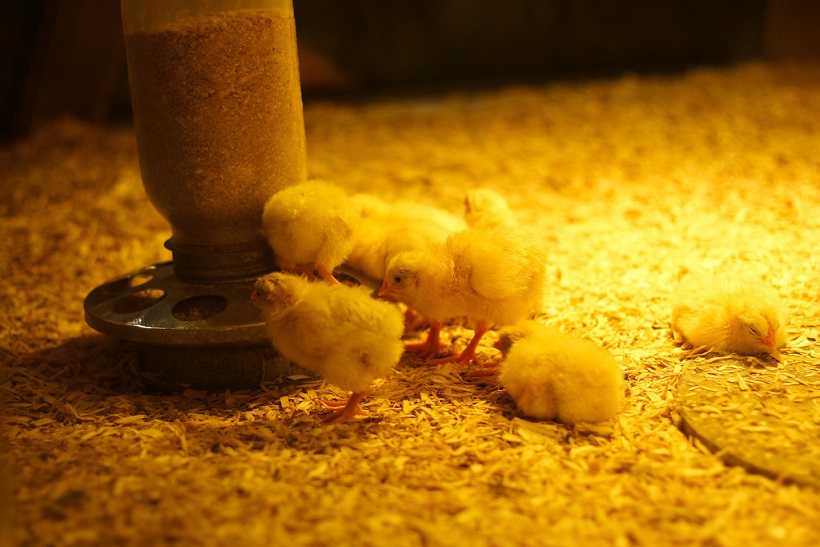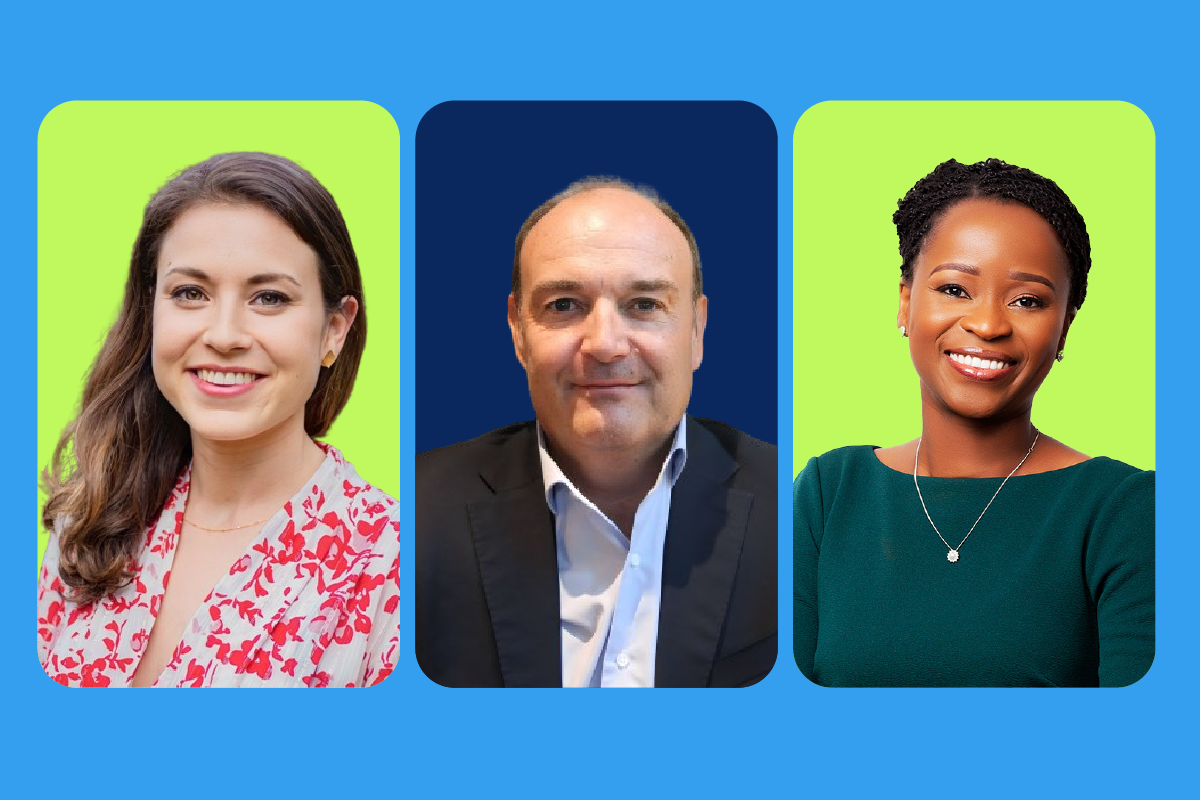In the first part of this article, I shared key learnings from my conversations with over 30 startup CEOs. Now, in the remaining section, I will delve into other valuable insights that have contributed to the success of my user research.
You'll get to discover just like I did, the crucial elements that separate mediocre research from great user research that'll help drive innovation and success in your user research project.
You can catch up on the first article here.
Have a follow-up plan

As I wrapped up my user research project, I couldn't help but reflect on how much having a solid follow-up plan had contributed to the project's success.
It all started when I found out that some participants in my study had not responded to our emails. It was crucial to reach out to these top-profile executives, as their input was imperative to our research. I couldn't let them go without making an effort to follow up with them.
There was also the scenario of reaching out after interview sessions, particularly when my interviewees had provided feedback that was distinctly insightful or had raised questions that needed further investigation. I knew I couldn't let these insights go to waste, but I also knew that if I didn't act quickly, they might slip through the cracks.
My follow-up plan was divided into two parts:
The initial approach: Emails and LinkedIn messages
My first step was to reach out to participants I had already sent emails and LinkedIn messages to who were yet to respond to our messages.

Be the smartest in the room
Give it a try, you can unsubscribe anytime. Privacy Policy.
Recognising the importance of persistence, I decided to implement a follow-up plan.
I knew that busy startup CEOs might need a gentle nudge or two to respond to messages. As a result, I scheduled follow-up emails and LinkedIn messages to be sent out at strategic intervals, each time adding a touch of personalisation to remind the recipients of our genuine interest in their insights.
After the interviews: Chasing insights
During the interviews, aside recording the meetings, I made sure to take detailed notes and ask follow-up questions to clarify any points that needed further explanation.
I began by prioritising the feedback that needed the most attention and scheduling additional calls with the participants who had provided it.
The impact: Impressive results and uncovered insights
The follow-up strategy yielded impressive results. The response rate soared, and I soon found myself scheduling interviews with startup CEOs who were eager to share their thoughts and experiences. As I delved into these conversations, I began to uncover the valuable insights we had been seeking.
Post-interview, by following up with them and showing that I valued their feedback, I gained their trust and respect. In the end, the follow-up plan was instrumental in shaping our product and driving us closer to our goal of creating a solution tailored to the needs of startup CEOs.
The lesson: Persistence and the power of follow-up
As I put the finishing touches on my report, I saw that having a follow-up plan had not only helped me capture valuable insights but had also helped me build stronger relationships with my participants.
The experience of conducting user research with startup CEOs taught me a crucial lesson — having a follow-up plan is never a bad idea. My persistence in reaching out to potential participants allowed me to collect invaluable insights that would have otherwise remained hidden.
Overall, when embarking on any research journey, don't underestimate the power of follow-up. Whether it's scheduling additional interviews, revising your research report, or simply sending a thank-you note, following up can help you take your research to the next level. The additional effort put into crafting a thoughtful follow-up plan can be the difference between research that falls short and research that drives innovation and success.
Emotional intelligence is a superpower
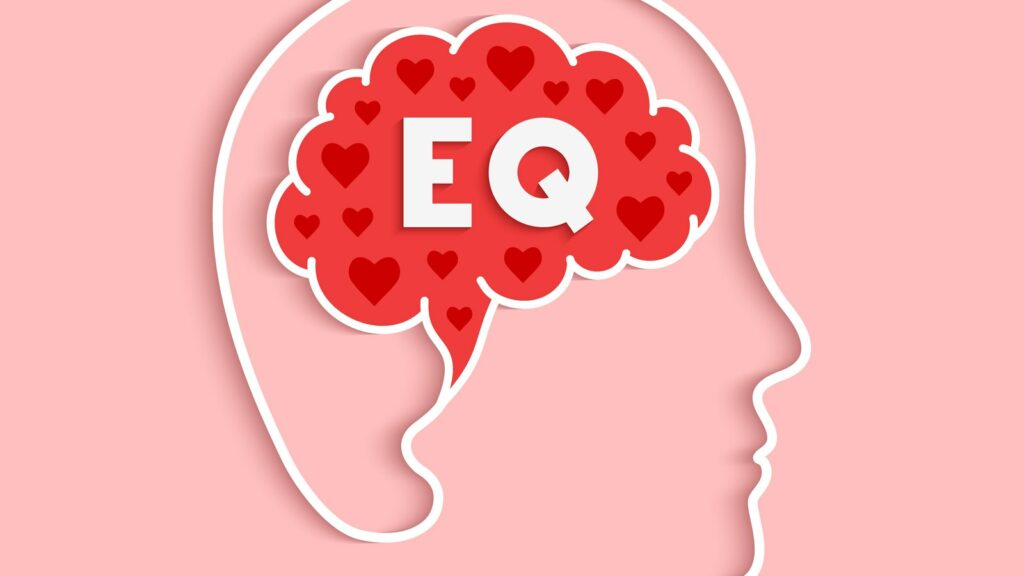
The ability to identify, understand, and manage one’s own emotions, and recognise and respond appropriately to the emotions of others is known as emotional intelligence (EQ).
Having good research skills is synonymous with empathy and EQ as they form a major part of your UX research project. EQ is a super power that can bring your UX research skills to the next level because it can help you connect with users and gain deeper insights into their needs, desires, and pain points.
EQ allowed me to navigate the complexities of interacting with startup CEOs by putting me in a place of social fluidity where I could express empathy and recognise people’s emotional states at each point of our conversations.
When carrying out user research as a solo designer, being able to spot when people are not in a good place psychologically is vital to the success of that research.
Here’s how I applied emotional intelligence to my user research interview:
Active listening: My UX chat with the CEOs happened on Google Meet over a video or voice call and I made sure to be fully present and engaged in the conversation irrespective of the mediums. For the FaceTime conversations, I looked out for nonverbal cues such as facial expressions and body language. Whilst for the voice conversations, I paid attention to the content of their words and tone of their voice.
PS: The conversations were recorded, so I could always go back and watch for documentation purposes.
Empathy: By practising empathy, I saw our product from our users' perspective and this helped me understand their needs, motivation, and challenges. My job was to guide them through the interview and avoid making assumptions or jumping to conclusions as much as possible. This helped me build rapport with them in and outside the interview. Keeping an open mind also exposed me to different view points and experiences.
Emotional regulation: Emotional regulation is an important skill for researchers to develop and apply during user research interviews. By staying focused, compassionate, and objective, researchers can create a supportive and comfortable environment for users to share their experiences and feedback, leading to deeper insights and more valuable research outcomes.
Maintaining an emotional balance even when the interview didn’t go as planned helped me stay calm and centred and respond in a more thoughtful and constructive way.
Flexibility: Some executives preferred to talk in a more formal and structured way, while others were casual and conversational. In one meeting, I had a CEO come in with his team and the conversation didn’t flow like I wanted it to, so I had to quickly adjust my tone to accommodate the others.
During user research, be willing to adapt to your respondents' communication style and preferences. Tailor your approach to meet their needs and create a comfortable and productive environment for the conversation.
By applying EQ in this way, you can build trust and rapport with the CEOs, gain deeper insights into their needs and challenges, and ultimately deliver more valuable and impactful research outcomes. In short, EQ can be a powerful superpower for any user researcher looking to connect with their users and drive meaningful change.
Unravelling the threads: Documenting, analysing, and crafting a UX narrative from our user research
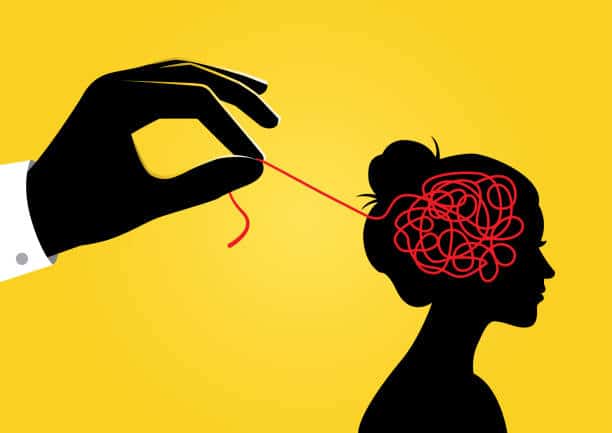
The journey of conducting user research is like weaving a tapestry of knowledge, where each thread represents a unique insight or idea. I was at my happiest when my research project came to an end. Whew, job well done!
However, that wasn't the end. There was still another hurdle to cross: making sense of what was learnt and crafting a compelling UX narrative. I'll walk you through how I went about the process of report documentation, analysis, and crafting a compelling UX narrative.
The first step: Report documentation
As my product research unfolded, I had created a Google Sheet in the company's workspace for documenting every interview and interaction.
This step involved transcribing the conversations, organising the data, and highlighting the most important points. By doing so, I ensured that every piece of information was accounted for, creating a solid foundation for the next phase.
One thing I learnt from my documentation phase is, you'll save a lot of time if you get to transcribe and record on the go. Then you wouldn't have to be bombarded with a lot to transcribe and record at the end of your research.
The second step: Analysis and synthesis
With the data well documented and organised, I dove into the crucial process of analysis and synthesis. My aim was to identify patterns, trends, and connections within the information gathered.
I used various techniques, such as content analysis, thematic analysis, and data analysis to group similar insights together and uncover overarching themes.
These insights not only validated my initial assumptions, but also shed light on new opportunities for improvement.
The final step: Crafting the UX narrative
Crafting the UX narrative was a critical step in my research documentation, as it helped to ensure that the user was at the centre of our design process. Now that I had a clear understanding of the insights and themes, it was time to weave them into a compelling UX narrative. This involved using the information and insights gained to translate our findings into actionable recommendations that would guide the design and development of our product.
Since this was a solo project, I paid attention to ensure that the narrative was grounded in data and aligned with our overall product strategy. By synthesising the data into a cohesive story, I gained a deeper understanding of the user experience and was able to identify opportunities for improvement, make more informed design decisions that better meet their needs.
PS: The purpose of a UX narrative is to create a deeper understanding of the user experience for designers, stakeholders, and other team members. It helps to create empathy with users and encourages designers to think more critically about how their designs will impact users. A well-crafted UX narrative can serve as a valuable tool for making design decisions and improving the user experience.
Making sense of what was learnt
Making sense of what was learnt during my user research was no small feat, but through diligent documentation, thorough analysis, and crafting a powerful UX narrative, I transformed our findings into a roadmap for product improvement.
To wrap up: Fail fast, fail forward
Learning how to conduct user interviews requires a mindset of experimentation and risk-taking. You can always start even when you don't have a clear picture of your destination.
It is important to be willing to make mistakes and learn from them, viewing failures as opportunities to improve and iterate on the process. With this approach, it is expected that several attempts may be necessary before feeling comfortable and confident in conducting effective user interviews.
However, by embracing failure as part of the learning process and using insights gained from each attempt, one can build their skills and ultimately achieve success in this area.
The lessons shared above can be a useful guide that helps you gain a better understanding when carrying out research as a product or UX professional.


